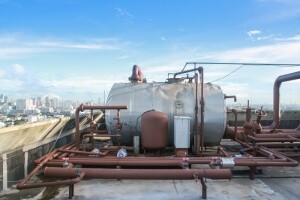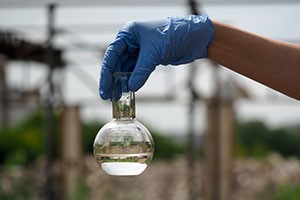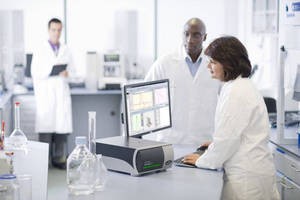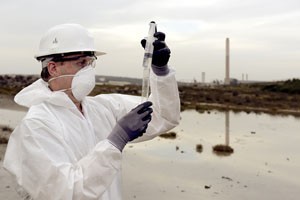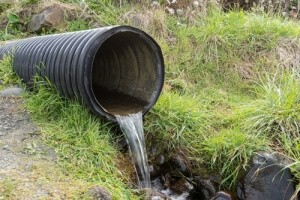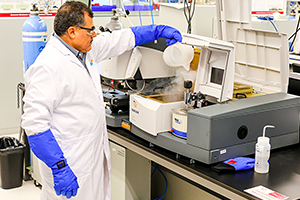Determination of total chlorine and free chlorine in water by electrode method
There are many detection methods for total chlorine and free chlorine in water, and the commonly used methods are spectrophotometry, titration method and electrode method. Among them, the operation steps of spectrometry and titration have been introduced
Method for the detection of benzidine content in surface water
Benzidine in surface water, groundwater and sewage is mostly detected by high performance liquid chromatography. The principle is that when the water sample passes through the cation exchange solid phase extraction column, the benzidine will be adsorbed.
Determination of Sulfide Content in Water by Continuous Flow Analysis
The collected and treated water samples are in an acidic medium, and the hydrogen sulfide gas released by the sample is absorbed by the sodium hydroxide solution through on-line heating. Phenylenediamine dihydrochloride reacted to generate methylene blue,
Detection steps of thioether substances in drinking water
The sulfide substances in drinking water can be analyzed by gas chromatography-mass spectrometry. Under certain temperature conditions, the sulfide substances in the sample in the headspace bottle escape into the gas in the upper space of the liquid level
The steps of spectrophotometric detection of methanol content in water
In an acidic solution, methanol in water samples is oxidized by potassium permanganate to formaldehyde, which then reacts with chromotropic acid to form a purple compound. The absorbance of this compound is proportional to the content of methanol, the abs
Water quality testing - steps to analyze nickel and cobalt concentrations in surface water
The water sample was adjusted to pH 9.0-9.5 with ammonia water-ammonium chloride buffer solution, and dimethylglyoxime reacted with nickel and cobalt in water at a constant pressure of -0.60V on a suspended mercury electrode to form a complex with adsorpt
Detection method of acrylic acid mass concentration in surface water
Generally, acrylic acid is mainly used to make some chemical raw materials. For example, latex paint for architectural coatings uses acrylic acid as the base material. In recent years, there have been many incidents of surface water pollution caused by th
Test method for acute toxicity of drinking water quality
In daily life, if the water body is polluted, it will cause the water body to be toxic. Therefore, when encountering water pollution such as water source water, groundwater, lakes and rivers, if the source of pollution cannot be determined, the first thin
Detection method of high concentration antimony in industrial wastewater
The high concentration of soluble antimony and total antimony in daily industrial wastewater can be detected by flame atomic absorption spectrophotometry. Generally, the detection limit of these two parameters is 0.18mg/l, and the lower limit of determina
Specific steps for the detection of nitrosamines in water
Nitrosamines are one of the common substances when drinking water is industrially contaminated. Especially nitrosodimethylamine, there are high concentrations of nitrosodimethylamine in many industrial pollution events in natural water bodies. In addition


